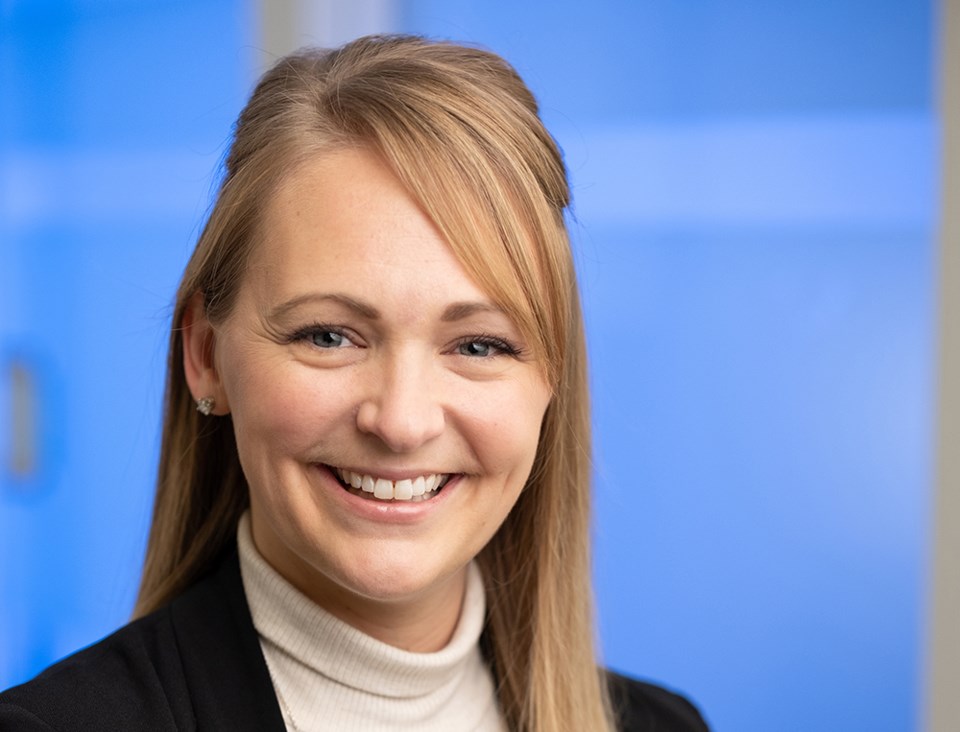City of Powell River Council has given first three readings to its annual property tax rates bylaw.
At the April 20 city council meeting, city finance committee chair councillor Trina Isakson said at a previous council meeting, council adopted the five-year financial plan, which is the budget, outlining how much the city is spending, and how much money the city needs to raise through fees and taxation.
“Now, knowing how much we need to raise, the question is how do we divide it among the property classes?” asked Isakson. “For example, our three main property classes in town are businesses, industrial and residential. At previous finance committee meetings, we haven’t given staff direction to change the weighting to different classes, so they have done the special math to come back with proportions that keeps things in line with previous years.
“These rates have been suggested and in reading the bylaw a first, second and third time, we get closer to adoption before the timeline required by the provincial government. We had to wait until after the budget was adopted in order to do this. We need to adopt this [the property tax rates bylaw] by May 15, so this is nearing the end of the financial planning process for 2023.”
Council passed the first three readings unanimously.
Assumed average
At the April 18 committee of the whole meeting, chief financial officer Mallory Denniston outlined the property tax rates bylaw. According to a report for the committee from Denniston, the city tax rate assumes an average single-family dwelling value of $628,246, and a city property tax of $2,404.60 on that average dwelling.
Denniston said this is the time of year that the city receives its requisition from qathet Regional District (qRD) and Powell River Regional Hospital District.
“On our tax notice, we levy an amount for each of these taxing authorities to collect the money from Powell River citizens for services that are shared within the region,” said Denniston. “We receive the requisition and we give the requisition amount to the qRD and hospital district. The city does not set these amounts and does not keep this amount.”
Denniston said for qRD, for city taxpayers, there was a 14 per cent increase, which amounts to $52 for an average single-family dwelling. For the regional hospital district, there is a 37 per cent increase, which amounts to a $25 increase for an average single-family dwelling. She said 42 per cent of qRD tax increase will be allocated toward construction of the new resource-recovery centre and waste-transfer station. She added that 28 per cent relates to accessibility compliance, as well as salary and wage increases.
For the regional hospital district, 100 per cent of the increase is associated with upgrades and renovations of acute and extended care facilities, as well as replacement of major clinical equipment at the acute care facility, according to Denniston.
“I would encourage any taxpayers who have questions to reach out to the qRD, but I think this summarizes it quite nicely,” said Denniston.
She said school taxes will not be provided until May so no impact on taxpayers has been assumed at this point.
Denniston said the city’s total property tax levy increase is 5.4 per cent and the property tax increase for an average single-family dwelling is 4.3 per cent, or $99. The total city taxes and fees increase for an average home is 4.4 per cent, or $147, according to Denniston.
Mayor Ron Woznow said he knows he is going to get questions around the increase in the amount of money residents are paying this year versus last year.
“I understand that the city portion has gone up 4.4 per cent,” said Woznow. “Am I correct that when you add on the additional increases, with regard to the regional district and the hospital board, the average increase will be 6.9 per cent?” asked Woznow.
Denniston said the portion the city can’t control is 6.4 per cent, but when added onto the city assessment, the figure is 4.9 per cent for an average single-family home.
Isakson said the city does not know the school district increase, which also has to be factored in.
Increase surprises councillor
Councillor Jim Palm asked about the regional district increases and said he has never seen numbers such as these.
“It’s kind of surprising to me,” said Palm. “I’m very concerned about these increases. This is just the start of these increases when we talk about our waste-transfer site. I think the public needs to realize that.
“We get a requisition from the qRD and the money being asked for comes directly from our taxpayers. It’s a tax you have to pay and it goes directly to the regional district. These costs are getting quite large and a lot larger than when I was on the board eight years ago. It gives me cause for concern.”
The committee voted to send the matter to city council for first three readings.
Committee chair councillor Rob Southcott said he wanted to express gratitude for the 4.4 per cent tax increase because he is very aware of increases in other places in BC that are in the double digits.
“I feel a great amount of appreciation for the hard work of the finance department and all other directors who submit their work here to be scrutinized,” said Southcott, “so we can keep our taxes down here.”



